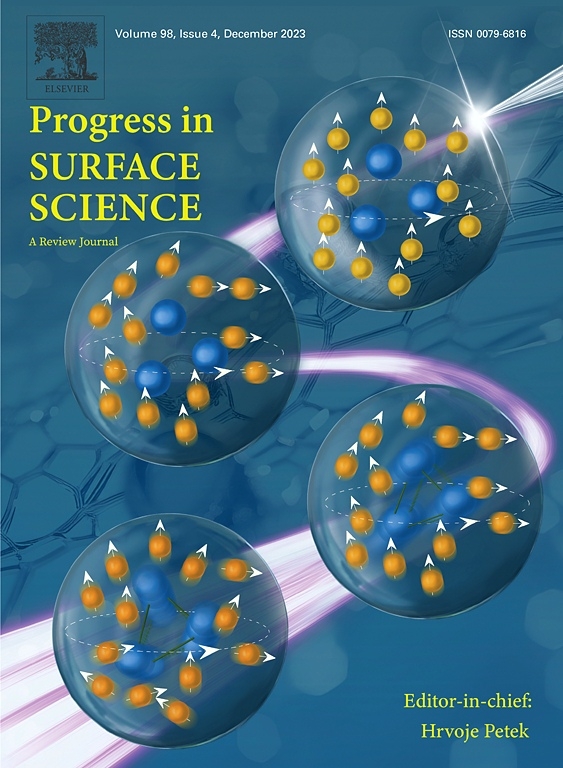Growth of whiskers from Sn surfaces: Driving forces and growth mechanisms
Abstract
Sn whiskers are thin filaments that grow spontaneously out of the surface of coatings on Cu and have become a critical reliability problem in Pb-free electronics. In this review, we focus on what creates the driving force for whiskers (or more rounded “hillocks”), and what determines where on the surface they will form. Experimental studies are reviewed that quantify the relationship between the Cu–Sn intermetallic (IMC) formation, stress in the layer and whisker/hillock density. Measurements of the mechanical properties show how stress relaxation in the Sn layer is intimately related to how much stress develops due to the IMC formation. Real-time scanning electron microscope (SEM)/focused ion beam (FIB) studies are described that illustrate the whisker/hillock growth process in detail. Whiskers are found to grow out of a single grain on the surface with little lateral growth while hillock growth is accompanied by extensive grain growth and crystallite rotation. Electron-backscattering detection (EBSD) shows the grain structure around where the whiskers/hillocks form, indicating that whiskers can grow out of pre-existing grains and do not require the nucleation of new grains. This has led to a picture in which stress builds up due to IMC growth and causes whiskers/hillocks to form at “weak grains”, i.e., grains that have a stress relaxation mechanism that becomes active at a lower stress than its neighbors. FEA (finite element analysis) calculations are used to simulate the evolving stress and whisker growth for several different mechanisms that may lead to “weak” grains.

 求助内容:
求助内容: 应助结果提醒方式:
应助结果提醒方式:


